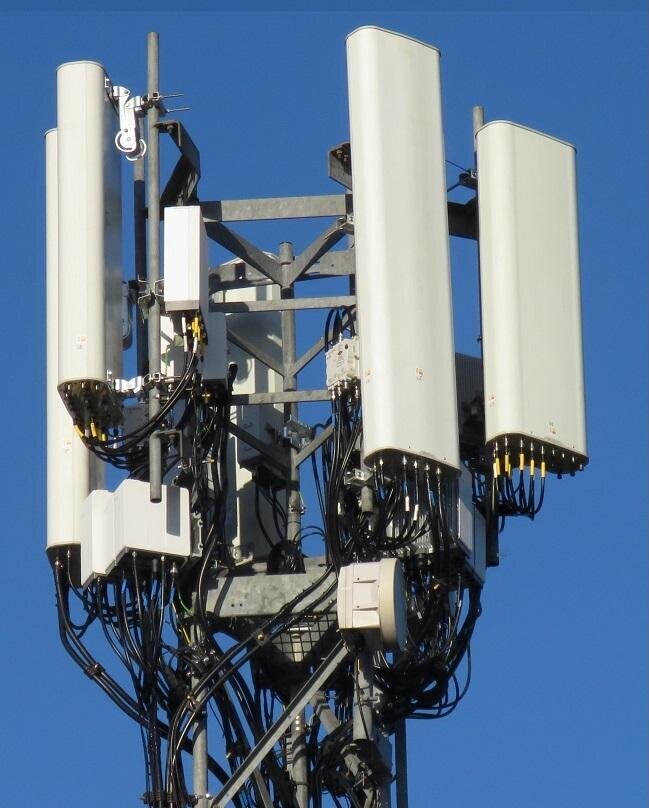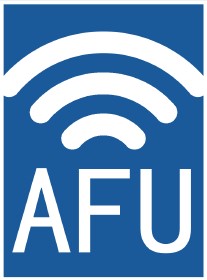Introduction
In the rapidly evolving world of wireless communications, 4T4R (4 Transmit/4 Receive) antennas have emerged as a powerful solution for enhancing network capacity and signal reliability. These advanced antenna systems play a crucial role in modern 4G LTE and 5G networks, offering improved data speeds, better coverage, and more efficient spectrum utilization compared to traditional 2T2R configurations.
This article explores the technology behind 4T4R antennas, their key benefits, deployment scenarios, and how they compare to other MIMO configurations. Whether you're a network operator, telecom engineer, or technology enthusiast, understanding 4T4R antennas will help you optimize wireless network performance.
1.How 4T4R Antennas Work
4T4R antennas utilize Multiple Input Multiple Output (MIMO) technology with four independent transmission and reception paths. This configuration enables several performance enhancements:
Increased Data Throughput: By using four parallel data streams, 4T4R can theoretically double the peak data rates compared to 2T2R systems
Improved Signal Reliability: Four receive chains provide better signal diversity, reducing dropouts in challenging environments
Enhanced Beamforming: More antenna elements allow for more precise beam steering and focus
The antenna system typically consists of four radiating elements arranged in a compact array, often integrated with radio equipment for simplified deployment. Digital signal processing algorithms coordinate the multiple signal paths to maximize performance while minimizing interference.
2.Key Advantages of 4T4R Technology
Higher Network Capacity: Supports more simultaneous users with better quality of service
Extended Coverage: Improved receive sensitivity extends cell edge performance
Better Interference Mitigation: Advanced signal processing reduces co-channel interference
Future-Proof Design: Compatible with both 4G LTE and 5G NR deployments
Energy Efficiency: More efficient spectrum use reduces per-bit energy consumption
3.Applications and Deployment Scenarios
4T4R antennas are particularly valuable in:
Urban Hotspots: High-density areas like shopping malls and transit hubs
Suburban Coverage: Balancing capacity and coverage requirements
Enterprise Solutions: Office buildings and campuses needing reliable connectivity
Rural Broadband: Fixed wireless access deployments
Many network operators are deploying 4T4R as a cost-effective upgrade path between traditional 2T2R systems and more advanced massive MIMO configurations.
4.Comparison with Other MIMO Configurations
Feature | 4T4R | 2T2R | 8T8R/Massive MIMO |
Peak Data Rate | ~2x 2T2R | Baseline | ~4x 2T2R |
Coverage Improvement | Moderate | Standard | Significant |
Deployment Cost | Moderate | Low | High |
Best For | Balanced capacity/coverage | Basic coverage | Ultra-high capacity |
Conclusion
4T4R antenna systems represent a sweet spot in wireless infrastructure - offering substantial performance gains over traditional 2T2R systems without the complexity and cost of massive MIMO deployments. As networks continue evolving to handle growing data demands, 4T4R will remain a key technology for balancing performance and cost-effectiveness.


